-
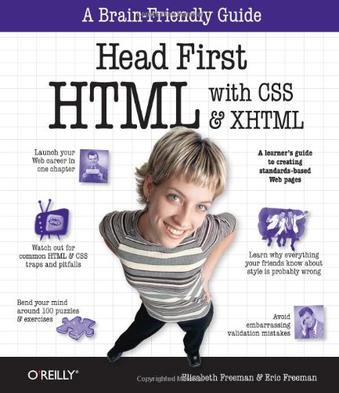
Head First HTML with CSS & XHTML
Tired of reading HTML books that only make sense after you're an expert? Then it's about time you picked up "Head First HTML with CSS & XHTML" and really learned HTML. You want to learn HTML so you can finally create those Web pages you've always wanted, so you can communicate more effectively with friends, family, fans and fanatic customers. You also want to do it right so you can actually maintain and expand your Web pages over time, and so your Web pages work in all the browsers and mobile devices out there. Oh, and if you've never heard of CSS, that's okay - we won't tell anyone you're still partying like it's 1999 - but if you're going to create Web pages in the 21st century then you'll want to know and understand CSS. Learn the real secrets of creating Web pages, and why everything your boss told you about HTML tables is probably wrong (and what to do instead). Most importantly, hold your own with your co-worker (and impress cocktail party guests) when he casually mentions how his HTML is now strict, and his CSS is in an external style sheet. With "Head First HTML with CSS & XHTML", you'll avoid the embarrassment of thinking Web-safe colors still matter, and the foolishness of slipping a font tag into your pages. Best of all, you'll learn HTML and CSS in a way that won't put you to sleep. If you've read a "Head First" book, you know what to expect: a visually-rich format designed for the way your brain works. Using the latest research in neurobiology, cognitive science, and learning theory, this book will load HTML, CSS, and XHTML into your brain in a way that sticks. So what are you waiting for? Leave those other dusty books behind and come join us in Webville. Your tour is about to begin. -
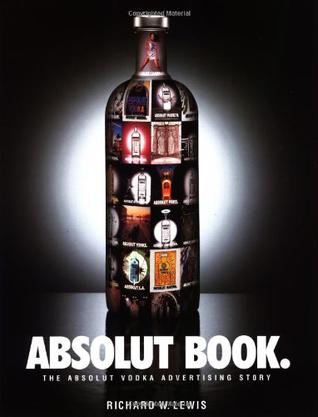
Absolut Book.
在线阅读本书 A New York Times bestseller with over 175,000 copies sold, the ABSOLUT BOOK is as good as the vodka it promotes. Richard Lewis takes readers behind the scenes to cover the birth and growth of this award-winning advertising campaign, and provides the definitive illustrated history of one of the most successful advertising promotions ever seen. This collector's delight will appeal to designers, art lovers, vodka drinkers and anyone with good taste. -
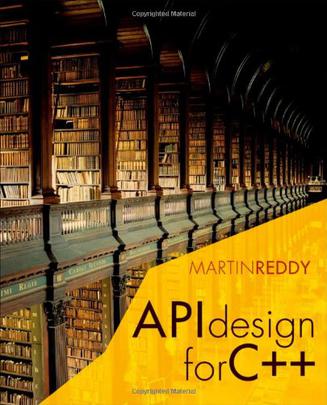
API Design for C++
The design of application programming interfaces can affect the behavior, capabilities, stability, and ease of use of end-user applications. With this book, you will learn how to design a good API for large-scale long-term projects. With extensive C++ code to illustrate each concept, API Design for C++ covers all of the strategies of world-class API development. Martin Reddy draws on over fifteen years of experience in the software industry to offer in-depth discussions of interface design, documentation, testing, and the advanced topics of scripting and plug-in extensibility. Throughout, he focuses on various API styles and patterns that will allow you to produce elegant and durable libraries. The only book that teaches the strategies of C++ API development, including design, versioning, documentation, testing, scripting, and extensibility. Extensive code examples illustrate each concept, with fully functional examples and working source code for experimentation available online. Covers various API styles and patterns with a focus on practical and efficient designs for large-scale long-term projects. -
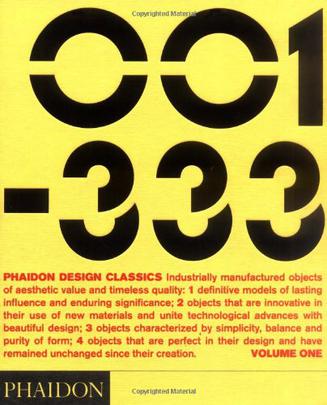
Phaidon Design Classics (3 Volume Set) (Pts. 1, 2 & 3)
PHAIDON DESIGN CLASSICS is the first comprehensive and authoritative collection of classic design objects. This beautifully illustrated three-volume set of books presents 999 industrially manufactured products, carefully selected by a group of experts. It is the first definitive illustrated sourcebook on the evolution of design to include such a wide scope of objects in detail. From cars to furniture, from tableware to cameras, from everyday objects to airplanes, this breadth of design has never before been collected in such a way before. PHAIDON DESIGN CLASSICS tells the story of design’s evolution around the world from the late 1600's to the present, bringing together patents, prototypes, old advertisements, original drawings, images showing the process of manufacturing, as well as rare archival photographs. The anthology features an astonishing 4,000 images. The objects are presented chronologically, beginning with an elegant pair of Chinese bonsai scissors from the early 1600s, still in production today, and ending with Barber Osgerby’s Lunar bath accessories, destined to become a classic. Glancing through the volumes, the reader will gain an understanding not only of the history of design, but a history of taste and culture. The book is an extraordinary journey through the objects that have shaped our society, from the first attempts to combine function and beauty in the nineteenth century, through the machine aesthetics of the thirties, the advent of plastic and other new materials in the fifties and sixties, up to the classics-to-be of the last ten years. The book includes not only objects created by internationally renowned designers, such as Breuer, Le Corbusier, Dreyfuss, Eames, Yanagi and Castiglioni, but also anonymously designed pieces, such as the clothes peg, the corkscrew and the chopstick, which, in spite of lacking a specific designer, have achieved such perfection in design and functionality that they have eliminated the possibility of improvement. PHAIDON DESIGN CLASSICS is a laboriously selected examination of some of the world’s best products ever made, most of which are still in production. The objects truly encapsulate what design is and what it will be for decades to come. It is a key reference tool for the designer or architect, as well as a fascinating and accessible design history for the newcomer. The collection comes in a specifically commissioned carrying unit exclusively designed by Konstantin Gricic. -
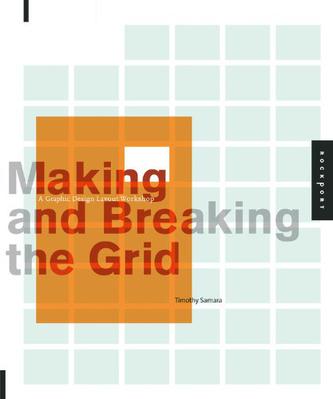
Making and Breaking the Grid
For designers working in every medium, layout is arguable the most basic and most important element. Effective layout is essential to communication and enables the end user to not only be drawn in with an innovative design but to digest information easily. Making and Breaking the Grid is a comprehensive layout design workshop that assumes that to effectively break the rules of grid-based design one must first understand those rules and see them applied to real-world projects. Text reveals top designers' work in process and rationale. Projects with similar characteristics are linked through a simple notational system that encourages exploration and comparison of structure ideas. Also included are historical overviews that summarise the development of layout concepts, both grid-based and non-grid based, in modern design practice. -
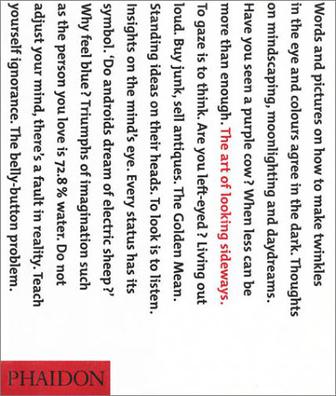
The Art of Looking Sideways
Describing himself as a "visual jackdaw", master designer Alan Fletcher has spent a lifetime collecting images, useless information, quotations and scraps that take his fancy. This work distils this collection into a quirky and entertaining feast for the eyes and the mind. Loosely arranged in 72 "chapters", the book explores the workings of the eye, the hand and the brain.